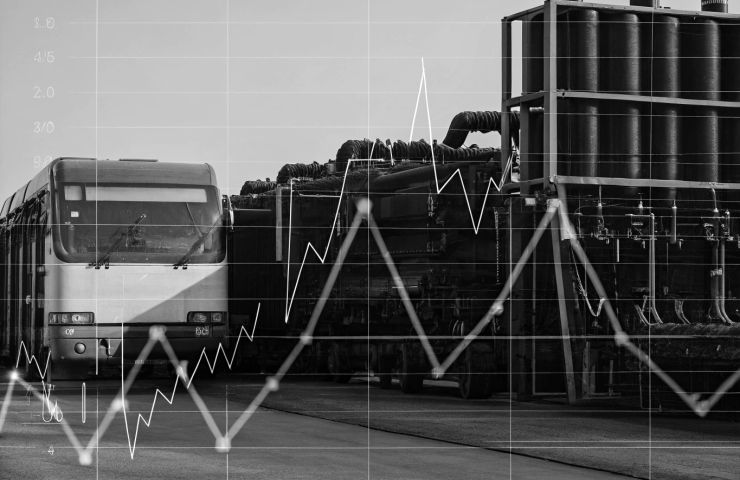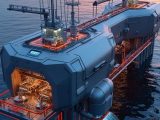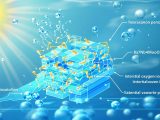
Ballard’s Strategic Realignment Aims to Profitably Scale Hydrogen Fuel Cells by 2027
August 12, 2025Ballard Power Systems, a Canadian pioneer in hydrogen fuel cells and proton exchange membrane (PEM) fuel cell innovation, is revamping its financial playbook with a bold strategic realignment. The target? Slash annualized operating costs by about 30% compared to H1 2025 and steer back into positive cash flow by the end of 2027. It’s a clear signal that in the race toward industrial decarbonization, investors and customers want a straight path to profitability alongside breakthrough fuel cell technology.
This push comes hot on the heels of Ballard’s Q2 2025 earnings report on August 11, where they posted $17.8 million in revenue—an 11% uptick year over year—and a net loss of about $24.3 million. The silver lining? Gross margin climbed 24 points to –8%. Even better, with $550 million in cash and equivalents, Ballard has the runway it needs to drive these cost-saving measures forward.
New CEO Marty Neese, who took the reins in June 2025, is zeroing in on three pillars: cost discipline, operational excellence, and chasing near-term commercial wins. Here’s the snapshot of Q2 2025:
- Revenue Growth: Up 11% to $17.8 million, driven by bus and rail mobility projects.
- Liquidity Position: $550 million in cash, extending the runway well into 2027.
- Margin Improvement: Gross margin jumped 24 points to –8%, thanks to tighter cost controls.
- Net Loss: Narrowed to roughly $24.3 million (about $0.08 per share).
- Restructuring Impact: 2024 cuts shaved 27% off cash operating costs and 19% off total expenses; July 2025 charges set up the next phase.
Business and Strategic Angle
Ballard’s realignment shows how innovation meets fiscal discipline. Instead of chasing growth at any cost, they’re streamlining to satisfy investor demands for positive cash flow. They’re doubling down on fuel cell technology for buses, trains, marine vessels, and stationary power—segments with solid procurement cycles and service contracts.
In the bus market, transit agencies across North America and Europe lock in multi-year fuel cell supply and maintenance deals, smoothing out revenue. Rail pilots in Switzerland and Germany have already proven fuel cell hybrid trains on non-electrified lines, paving the way for larger orders. In the marine sector, Scandinavian ferry trials are gaining steam. On the stationary side, telecom backup and remote microgrids crave reliability, making them prime candidates to replace diesel generators with hydrogen fuel cells.
Investors in the hydrogen fuel cells space are hungry for proof that deep tech can turn profitable. With a hefty cash cushion—thanks to past cost cuts and Q2 liquidity—Ballard has some breathing room, but these milestones are critical:
- Drive down manufacturing costs and boost production throughput.
- Lock in competitive supply agreements for membranes and catalysts.
- Secure visible order backlogs in key markets as subsidies fade.
Company and Market Context
Since 1979, Ballard’s been at the forefront of hydrogen fuel cells for transportation and power markets. After heavy R&D spending in the 2010s, they pivoted to efficiency: a 2024 restructuring cut cash operating costs by 27% and total expenses by 19%. In Q1 2025, revenue rose 6% while operating expenses fell 31%. Q2’s realignment is the latest evolution from R&D pioneer to disciplined market player.
Sector Implications
Ballard’s move is a bellwether for the sustainable energy sector: green hydrogen players must pair big ambitions with tight cost management. As global clean energy targets accelerate, fuel cell technology suppliers face intense price and performance competition. Those who can’t streamline risk getting outpaced or absorbed by larger firms offering integrated hydrogen-to-power solutions.
Comparative Analysis
Unlike some peers investing heavily in large-scale electrolysis and hydrogen storage, Ballard is playing a lean, application-first strategy. They’re focusing on proven PEM stacks, betting that scale in targeted deployments will deliver faster returns than upstream megaprojects.
Perspective and Implications
The big question: can Ballard translate its technology lead into real cash? Success hinges on flawless execution across manufacturing, supply-chain negotiations, and market wins. Their strong cash position buys time, but the timeline to profitability is tight.
“We’re tightening our focus to hit cash-flow milestones,” says Marty Neese. “It’s about being lean and channeling R&D into market-ready solutions.” As hydrogen infrastructure grows and total cost of ownership improves, Ballard wants to be first in line when fleet operators move from pilots to commercial-scale deployments.
Closing Insight
Ballard’s strategic realignment is the acid test for the hydrogen fuel cell sector. The next two years will reveal if disciplined cost management and a focused portfolio can bridge the gap between clean-tech promise and financial performance. A win here could validate the economic case for zero-emission technology in transport and power; a stumble might accelerate industry consolidation in this emerging sustainable energy ecosystem.



 With over 15 years of reporting hydrogen news, we are your premier source for the latest updates and insights in hydrogen and renewable energy.
With over 15 years of reporting hydrogen news, we are your premier source for the latest updates and insights in hydrogen and renewable energy.